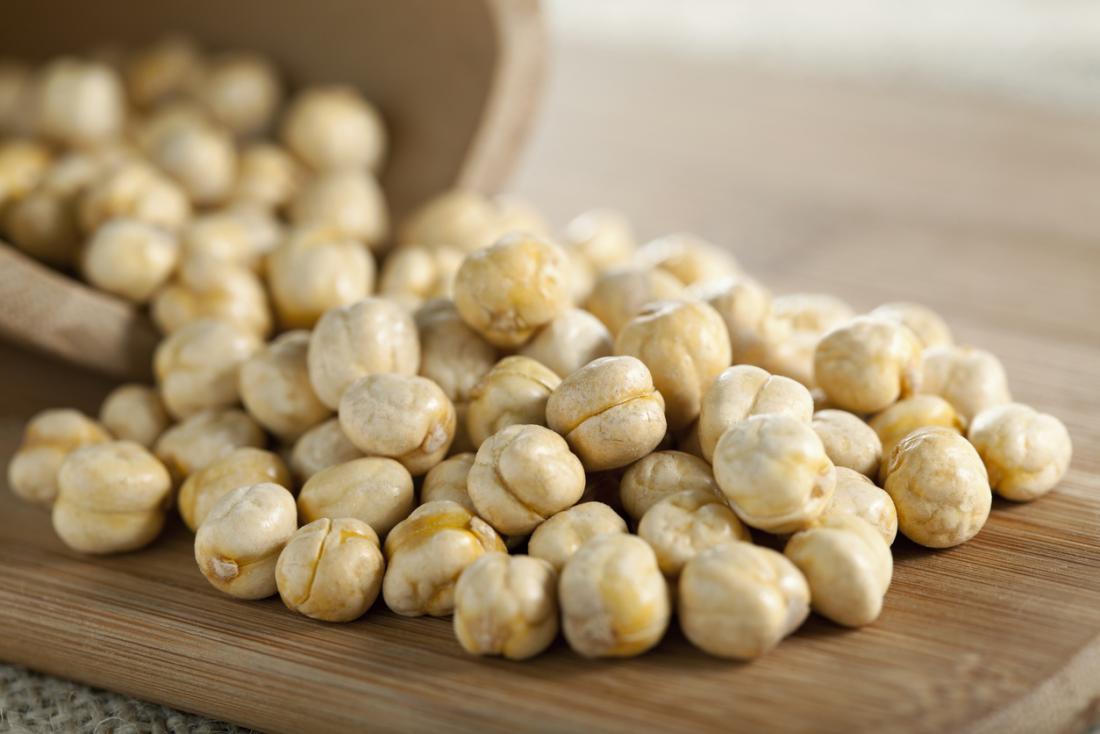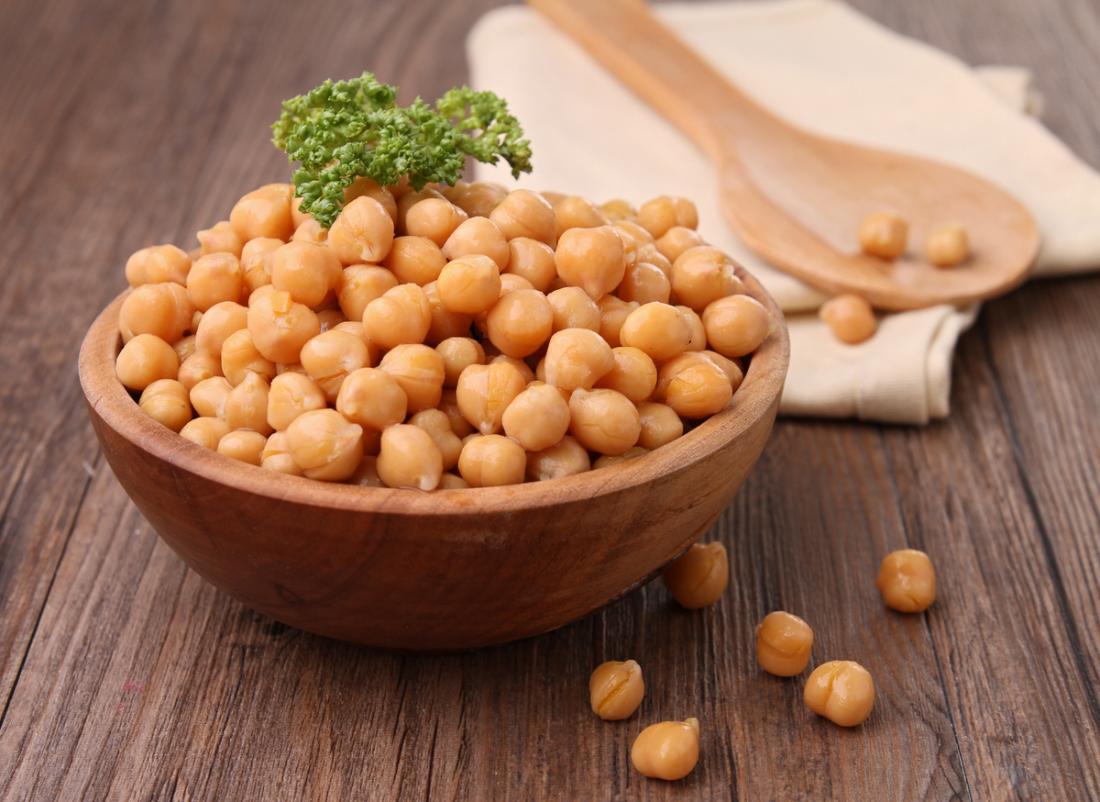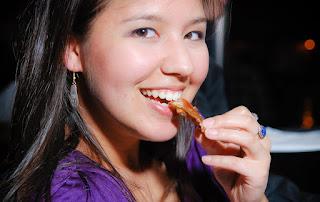Well...International Chickpea Day is upon us!
 |
| PHOTO : Dan Diego Magazine |
The most common type of chickpea appears round and beige, other varieties can be black, green, and red. Like other legumes, such as beans, peas, and lentils, chickpeas are high in fiber and protein, and contain several key vitamins and minerals.
Behold :
Chickpeas are particularly high in fiber. Studies have shown that people with type 1 diabetes who consume high-fiber diets have lower blood glucose levels.
For people with type 2 diabetes, higher fiber intake may improve blood sugar, lipid, and insulin levels.
The Dietary Guidelines for Americans recommends a minimum of 21 to 25 grams (g) of fiber per day for women and 30 to 38 g per day for men.
2) Bone health
The iron, phosphate, calcium, magnesium, manganese, zinc, and vitamin K in chickpeas all contribute to building and maintaining bone structure and strength.
Though phosphate and calcium are both important in bone structure,
the careful balance of the two minerals is necessary for proper bone
mineralization - consumption of too much phosphorus with too little
calcium intake can result in bone loss.
Bone matrix formation requires the mineral manganese, and iron and zinc play crucial roles in the production and maturation of collagen.
Adequate vitamin K consumption is important for good bone health
because it improves calcium absorption and may reduce urinary excretion
of calcium, making sure that enough calcium is available for building
and repairing bone. Low intake of vitamin K is associated with a higher
risk for bone fracture.
3) Blood pressure
Maintaining a low-sodium (low-salt) intake is essential for maintaining a low blood pressure, however increasing potassium intake may be just as important because of its vasodilation effects. According to the National Health and Nutrition Examination Survey, fewer than 2 percent of United States adults meet the daily 4,700-milligram recommendation.
4) Heart health
The high fiber, potassium, vitamin C, and vitamin B-6 content all support heart health.
Chickpeas contain significant amounts of fiber, which helps lower the total amount of cholesterol in the blood, thereby decreasing the risk of heart disease.
In one study,
those who consumed 4,069 milligrams of potassium per day had a 49
percent lower risk of death from ischemic heart disease compared with
those who consumed less potassium (about 1,000 mg per day).
5) Cancer
Although the mineral selenium
is not present in most fruits and vegetables, it can be found in
chickpeas. It helps the enzymes of the liver to function properly and
detoxify some cancer-causing compounds in the body. Additionally,
selenium prevents inflammation and decreases tumor growth rates.
Chickpeas also contain folate, which plays a role in DNA synthesis and repair, and so helps prevent the formation of cancer
cells from mutations in the DNA. Saponins, phytochemicals present in
chickpeas, prevent cancer cells from multiplying and spreading
throughout the body.
High-fiber intakes from chickpeas and other legumes, whole grains, fruits, and vegetables are associated with a lowered risk of colorectal cancer.
Vitamin C functions as a powerful antioxidant and helps protect cells against free radical damage.
6) Cholesterol
Research shows that including chickpeas in the diet lowers the amount of low-density lipoprotein, or bad cholesterol, in the blood.
7) Inflammation
The choline in chickpeas helps with sleep, muscle movement, learning,
and memory. Choline also helps to maintain the structure of cellular
membranes, aids in the transmission of nerve impulses, assists in the
absorption of fat and reduces chronic inflammation.
8) Digestion and regularity
Because of their high fiber content, chickpeas help to prevent constipation and promote regularity for a healthful digestive tract.
9) Weight management and satiety
Dietary fibers function as "bulking agents" in the digestive system.
These compounds increase satiety (a feeling of fullness) and reduce
appetite, making people feel fuller for longer and thereby lowering
overall calorie intake.
Consuming fruits and vegetables of all kinds has long been associated
with a reduced risk of many lifestyle-related health conditions. Many
studies have suggested that increasing consumption of plant foods like
chickpeas decreases the risk of obesity, overall mortality, diabetes, heart disease, promotes a healthful complexion, healthful hair, increased energy, and overall lower weight.
10) Irritable bowel syndrome
Although chickpeas do not ease the symptoms of irritable bowel syndrome, they can be helpful to people affected by the condition. Patsy Catsos, a registered dietitian and author of "IBS - Free at
Last!" suggests that increasing fiber consumption in individuals who
have irritable bowel syndrome (IBS) can be a challenge. However,
chickpeas offer a source of fiber that is well-tolerated by some IBS
patients.Unfortunately, people with IBS who are following a low-FODMAP diet do have to restrict chickpeas.
One cup of cooked chickpeas contains:
- 269 calories
- 45 g of carbohydrate
- 15 g of protein
- 13 g of dietary fiber
- 4 g of fat
- 0 g of cholesterol

Additionally, chickpeas contain vitamin K, folate, phosphorus, zinc, copper, manganese, choline, and selenium. Besides being an excellent vegan and gluten-free source of protein
and fiber, chickpeas also contain exceptional levels of iron, vitamin
B-6, and magnesium.
Photos and research courtesy : MNT
WOY was that a lot of info. Guess Chickpeas aren't just for Hummus anymore!
Recipe after the JUMP






















